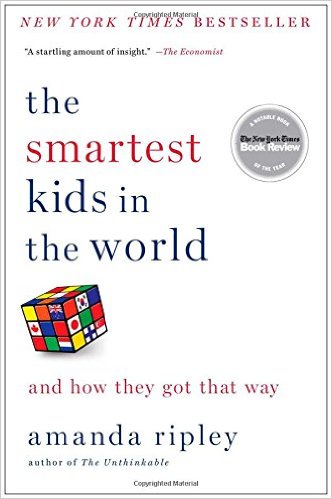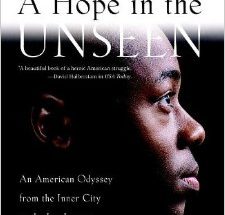
The foster care system has been in place in America for centuries, beginning with the orphan trains that scooped up children off the city’s streets in the 1850s and transported them to homes across America. The book “The Lost Children of Wilder” chronicles the full story of foster care, through the case of the Wilder family and the attorneys who filed a suit on their behalf.
The story begins with 12-year-old Shirley Wilder standing in a courtroom about to face a judge. Wilder, at the time was a twelve year old African American female living in the Bronx. After her mother and grandmother died, her father no longer wanted her in his Bronx home. She was placed in the foster system for the first time, and it consumed her life from then on.
The cycle was then repeated when Shirley had a son named Lamont. Not fully understanding her rights, Shirley signed paperwork that would ultimately lead Lamont down the same road as her own. Lamont would end up continuously being cycled through the broken foster care system. He would eventually find work at a barbershop after multiple bouts of homelessness. He would eventually find the family he longed for when reunited with his mother and father, however, he would realize that his family members were drug addicts. He did not want to be lead down that road.
Lamont would then have a son of his own. Refusing to allow his son to go into the system he worked hard to find a job even while he was homeless. Without the security of a consistent place to live he would stay at the barbershop and wake up to work. However, the system would once again recycle itself when a lawsuit was Lakisha Reynolds v. Giuliani was filed. This time instead of Wilder, it would involve the mother of her grandchild.
The original lawsuit was filed to separate the church from public funds. During the time, mostly Jewish and Catholic agencies had a large control over the public funding for foster care youth. However, these agencies only served certain children into its programs.
This battle reminds me of that with charter schools. Charter schools may be popular, but it’s unclear how they are spending their public dollars. The fact was that these foster care agencies would for the most part not allow African-American Protestant children into their programs. This created a back up at facilities that would allow minorities. Children were not being pushed into adoption, but being “forced” to stay in facilities so the funding would continue.
In addition, to following the story of Shirley, the book follows the story of the attorneys who fought against the city to improve the standards of education and living for children in homes. The issues that were present within the book are still issues that can be found today, including backed up files and overworked case workers.
Marcia Lowry filed the Wilder lawsuit in 1973, which named also 100 defendants in a case that claimed that “the structure of the foster care system resulted in a child-care system permeated by religious and racial discrimination which was a direct violation of the fourteenth amendment.”
Although the book chronicles the history of foster care, it also provides the reader with a glimpse of the faulty court system in New York City. The Wilder suit was filed in 1973, but due to multiple amendments and delays, it was not settled until 1999, 26 years later.
The book ends on a sad note, the death of Shirley. Having contacted HIV/Aids from her drug use she ends up dying alone without anyone there. Unable to afford a funeral her aunt applied for a welfare burial which meant no flowers, no minister. A sad ending to a tragic life.
Words from the author: Nina Bernstein
“As a reporter I wrote about foster care on and off in different states for about as long as the Wilder case had been in court. When I first learned about it. I had been frustrated that overall, the problems these children faced just seemed to be redefined by reform movements, rather than solved. I wanted to dig deeper for the reasons — historical, political, and human. I’ve been told by lawyers and social workers that the book is still very relevant today. In some ways that’s depressing, but to me it also confirms the value of researching and reporting a book that doesn’t hide or soften reality, but drives home the human cost of a systemic failure. I don’t think the message of the book is to give up. And today’s rising public attention to the growth of inequality in the last 40 years may be the most hopeful development for children who could go into foster care. As I said in the introduction, there will always be some children who cannot be cared for by their own parents. It seems to me the challenge is first to keep that number as low as possible with policies that nurture all families, and then to do right by the children who need an alternative. But there is an iron rule operating in American social welfare policy: conditions must be worse for the dependent poor than they are for anyone who works. The less acknowledged corollary is that the subsidized care of other people’s children must be undesirable enough, or scarce enough, to play a role in this system of deterrence. And widening inequality sharpens the contradictions between policies that punish the so-called undeserving poor, and pledges to help all needy children.



